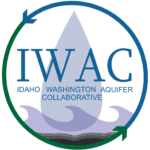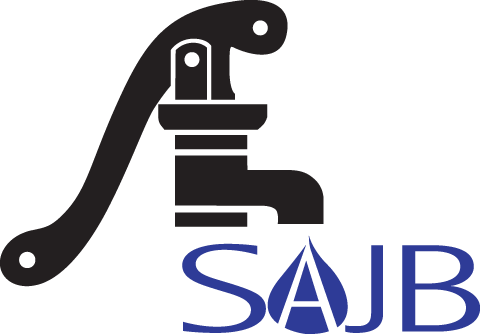H2O Breakfast Acknowledges IWAC
An anxiety free water future?
Let’s be honest, there’s a lot of anxiety going on, and it’s not just emanating from the halls of Washington D.C. In the Evergreen state, 2016 saw a “process” to develop a “process” to develop clean water guidance. That’s the equivalent of being told to shelter in place.
This story and the H20 Breakfast is not interested in fanning the flames of anxiety or sheltering in place. Instead, we find ourselves in the unique position of defining our water future on our terms, and celebrate the local men and women quietly taking real actions and real steps to bring this future to us. Register now to join the conversation at this year’s H2O Breakfast.
This story highlights IWAC, the Idaho Washington Aquifer Collaborative. Consider it Exhibit A toward an anxiety free water future.
The story begins on a typically cold day in February, 2012. Over 200 people turned out at the first H20 Breakfast to listen to Pat Mulroy talk about water in the Las Vegas area. Said Pat famously about their water fights, “When there was no water left to fight over, the only thing left was to work together.”
Mike Galante, District Manager of North Kootenai Water District, was one of many water purveyors from the Coeur d’Alene/Spokane corridor in the room. His thought echoed that of his brethren, “We can do better in my community and this region.”
So meetings were held and with no grand proclamation, purveyors from both sides of the border created IWAC. Said Mike, who became the first president of IWAC, “We figured if we can work together to allocate water for future use, every community across both borders wins.” But when two states and several communities are perceived as competing over the same water supply, kumbaya was not the by-word of the day when IWAC formed.
Said Dan Kegley, the current IWAC president and City of Spokane Director of Water, Wastewater Collection and Hydroelectric Services, “IWAC’s first accomplishment was to dispel a lot of myths with each other as to who was the biggest water hog. Trust was in short supply.”
With the building of trust came collaboration on planning, public messaging, technical studies and more. IWAC’s ambition is to further a regional, bi-state approach to protecting the health of the aquifer and delivering water without the ego of a single agency or person ruling the roost, or the courts playing referee. The holy grail would be achieving an anxiety free water future.
Said Dan, “Individually or collectively, it’s a mistake to create a contest between being environmentally and financially responsible. You need both. In Spokane, our population has grown over the last 20 years but our overall water use has gone down. You do that by chasing down water leaks in the system and engaging businesses and individuals in water conservation.”
Continues Mike, “When we pump less we keep costs down for our customers. And when we keep production down, it’s good for the river and aquifer, enabling our communities to grow and attract new talent. We’re better off figuring out ways to do that together than being competitors over the last drop. That was Pat’s message.”
Mike and Dan also credit Washington State University and the University of Idaho for helping as each purveyor’s sense of stewardship has grown to looking beyond their customer base and state boundaries. Said Mike “They’ve done modeling, given grad student time, and conducted research that has been essential to our development.”
The commitment to joint action will also be seen this spring as IWAC begins airing joint water conservation and quality messages on television and other media. Said Dan, “IWAC is funding it with the help of multiple agencies across both borders. That’s never happened before, but that’s what we need to do to jointly own the regional conversation about conservation.”
Ways to keep leveraging and creating win-win situations is what Craig Mackey, this year’s H20 keynote, will bring. Said Forum Executive Director Andy Dunau, “We hope Craig challenges us with insights just like Pat did. But what’s different this year is we’re also building a program to showcase local, organically grown successes like IWAC. Our communities can jointly define the terms of our water destiny.”
